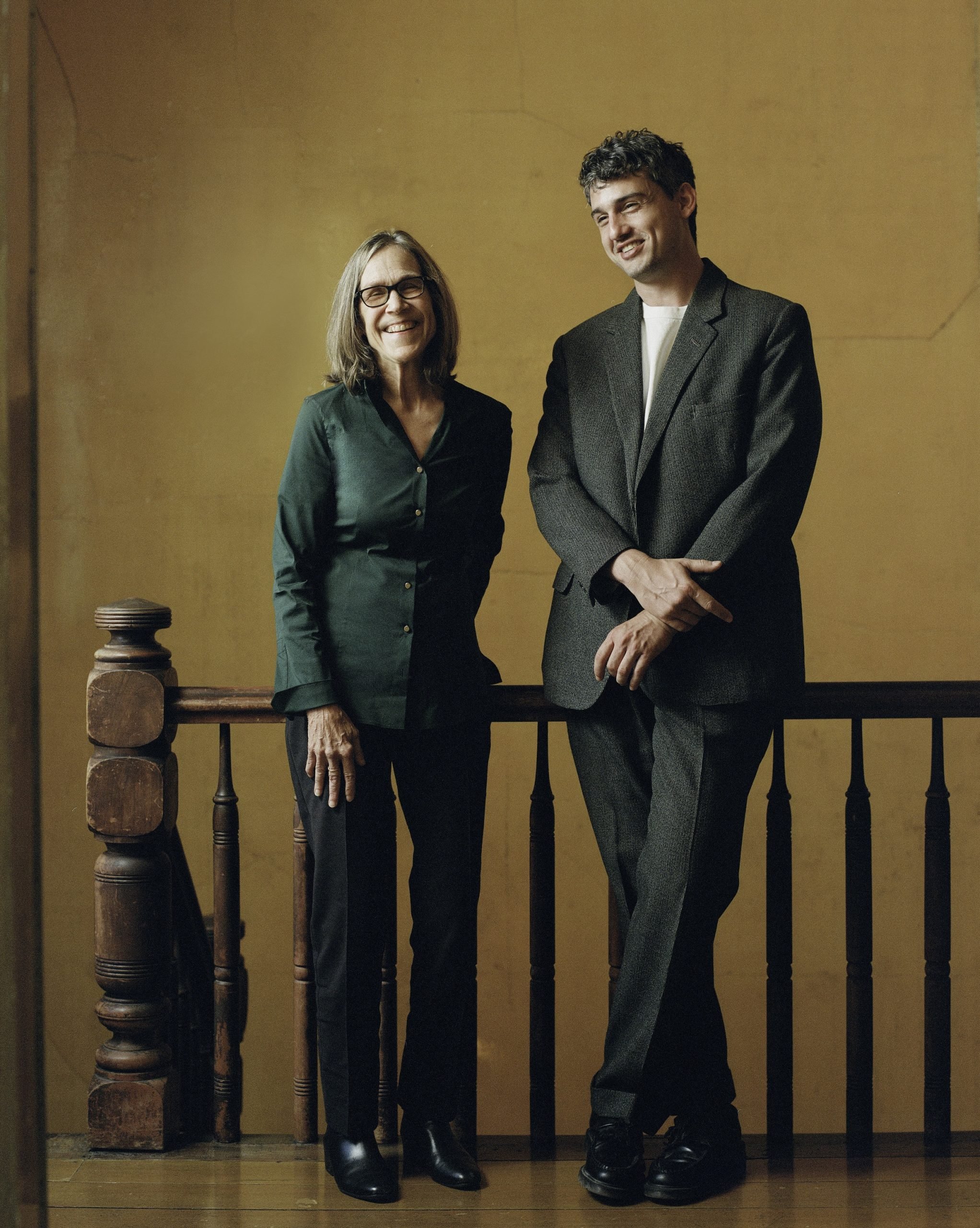
Move over, Los Angeles. Northern California is launching a new regional arts initiative: the Further Triennial, which will unite the biggest nonprofit art institutions from San Francisco, Oakland, Berkeley, San Jose, Sacramento, Marin and Sonoma counties, and everywhere in between, when it opens in spring 2027.
The Triennial was founded by art collector and philanthropist Robin Wright (no relation to the actor), who has called San Francisco home since the 1980s and is deeply embedded in the local art scene.
“It was about coming together, a vision of collaboration, and how we could raise all boats at the same time and say something to the world,” Wright told me. “There’s such potential here—such rich resources of artists and art-historical movements that we could explore in more depth.”
Wright has been toying with the idea of a large-scale regional art project for Northern California since visiting the first PST Art initiative organized by the Getty Foundation in Southern California in 2011. (The fourth edition, “Art and Science Collide,” opened earlier this month.)
The San Francisco Museum of Modern Art. Photo by Henrik Kam, courtesy of SFMOMA.
“Many of us went down to L.A. at that time and were amazed by the richness of that event,” Wright said. “We came home and thought, well, that’s Southern California, but we have so much to offer here in Northern California that it got us thinking.”
Thinking turned into action in 2018, when the triennial first entered its initial planning stages—but progress stalled in 2020. Still, Wright believes the delay was ultimately beneficial: “The outcome will be much more resonant and meaningful.”
Helming the ambitious project is Further director Zully Adler, a former research fellow at the San Francisco Museum of Modern Art who recently completed his PhD on Bay Area artist Martin Wong.
“All of that instilled in me a fiendish obsession with art from Northern California, which comes out of the spirit of the counterculture and is very radical in its thinking, irreverent in its attitude, and very joyous and exuberant,” Adler told me.
“It’s bohemian, grounded in a radical sense of independence and anti-institutionalism,” he added. “There really is no other place that has used art so meaningfully in the pursuit of equity and justice. You can think of Emory Douglas and his amazing designs for the Black Panther Party, for example, or the student protest movements.”
Installation view of “Emory Douglas: Black Panther” at the New Museum. Photo courtesy of the New Museum, New York.
Art in Northern California is also closely tied to the outdoors and nature, the dramatic meetings of land and sea and towering forests—it’s a place where artists have access to cities with thriving downtown cultural sectors just a stone’s throw from peaceful, remote landscapes.
“There’s always been this much more dispersed creative community nestled into private corners of the redwoods and things,” Adler said, noting that this will lend a sense of discovery to Further’s geographically disparate exhibitions. “It’s gonna be right around the corner when you think you’re in the middle of nowhere.”
The hope is that Further can be a celebration of Northern California’s vibrant culture and contemporary art scene, but also an opportunity to revisit overlooked moments from art history.
“There are so many colorful and intriguing figures that really haven’t gotten their due yet. I come from this historical and curatorial urge to excavate these lost histories and movements,” Adler said.
View up the trunks of large redwood trees in a grove at Redwoods Regional Park, Oakland, California, January 17, 2022. Photo courtesy Sftm by Gado/Getty Images.
Further exhibitions will appear at museums and arts organizations including SFMOMA, the Fine Arts Museums of San Francisco, the Institute of Contemporary Art San Francisco, Marin MOCA, the San Jose Museum of Art, the Oakland Museum of California, and the Berkeley Art Museum and Pacific Film Archive, as well as smaller, more local organizations.
“What we anticipate is each one of these places mounting exhibitions and programs, keeping with the spirit and disposition of their own organization and highlighting [the] very rich and diverse creative arts landscape we have here,” Adler said.
There will also be a central hub with exhibitions and performances, as well as guides to the broader programming throughout the region. If visitors want to focus on the environment, or on activism, or other specific topics, there will be thematic pathways to help them plan out what to see.
Ken Kesey and the Merry Band of Pranksters’ bus, Further. Photo by Harry Herd/Redferns from Getty Images.
The initiative’s name is an homage to the Bay Area’s embrace of the counterculture, drawn from the school bus christened Further that San Francisco author Ken Kesey drove cross country in 1964 with his “Merry Band of Pranksters.” (The psychedelic drug-fueled roadtrip features in Tom Wolfe’s 1968 book The Electric Kool-Aid Acid Test, and filmed footage from participants became the basis for a 2011 documentary, Magic Trip.)
But Further also is meant to reflect the drive for exploration that has led so many artists to California for generations.
“Northern California has for a long time been a place that welcomes those who do not really fit in elsewhere. If your ideas are unorthodox or your sense of self is unconventional, you’re welcomed here,” Adler said. “Artists journey westward until they get here. But once they do, is that an opportunity to keep going and keep dreaming? I think this place is very much one of reverie and looking out on the horizon over the Pacific with a push towards the creation of new worlds and the manifestation of things that are still unknown.”